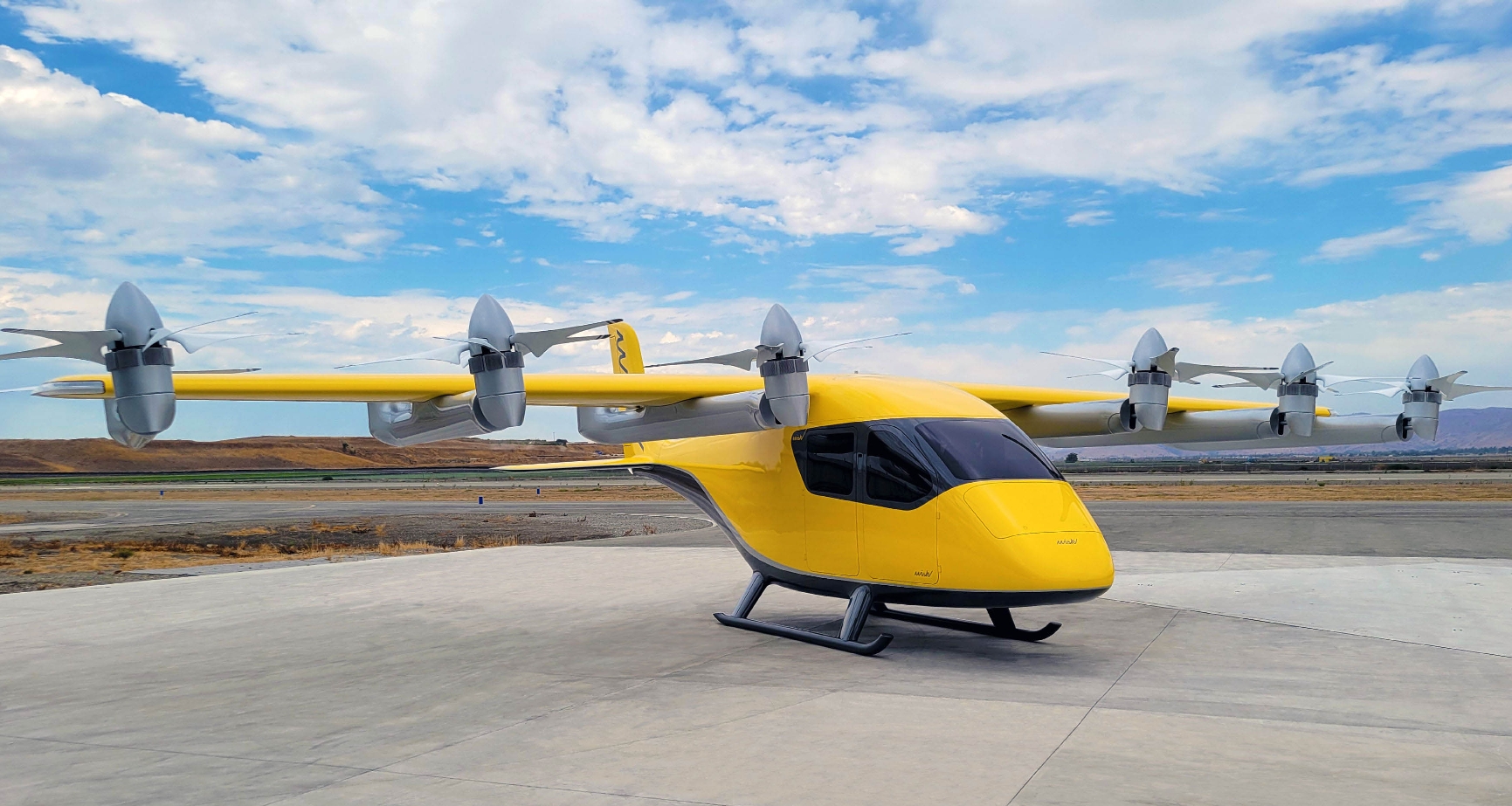Pilotless electric VTOL air taxi gets ready for certification
A US company, Wisk Aero, has developed what it believes is the first self-flying, all-electric, four-passenger vertical takeoff and landing (eVTOL) air taxi that’s ready for type certification by the FAA of an autonomous eVTOL.
To achieve this, the company developed its “Generation 6” model using established autonomous technology and software, the use of human supervision for every flight and overall design simplification to reduce complexity. By following these three principles, the company hopes to prove to the FAA that it is one of the safest passenger transport systems in commercial aviation.
Wisk intends to use the aircraft to redefine long-standing concepts of flight and usher in a safer, scalable and more accessible era in aviation with safety as one of its core values. The company has simplified the design with fewer moving parts, employed fully redundant systems and has eliminated any single points of failure. The aircraft will also make use of multi-vehicle supervisors that provide human oversight of every flight and have the ability to intervene when needed.
The company’s generation 6 aircraft has a cruising speed of 120 knots and a range of 90 miles (144km). It can carry a payload of 4 people to an altitude of between 2500 and 4000 ft (760-1220m) and has a wingspan of less than 50 ft (15m)
It has a 12-propeller design with boom configuration and improved propulsion systems comprising tilting propulsion units in front of the wing and fixed lift units aft of the wing, which are optimised for range, improved aircraft control and performance as well as efficient energy management.
According to Wisk Aero, the raised wing design, extended booms and increased size and number of propeller blades all contribute to improvements in safety, stability and passenger experience whilst reducing both in-cabin noise and the aircraft’s overall noise footprint.
Wisk has also focused on accessibility within its design process. Generation 6 incorporates a number of accessibility features, from an entry and exit designed for individuals across the mobility spectrum, to user interfaces that seamlessly accommodate people living with hearing, vision and other impairments.
- UK manufacturing steps up to COVID-19 crisis - April 2, 2020
- Clustering Innovation - March 12, 2020
- A Global Monitor - March 6, 2020

